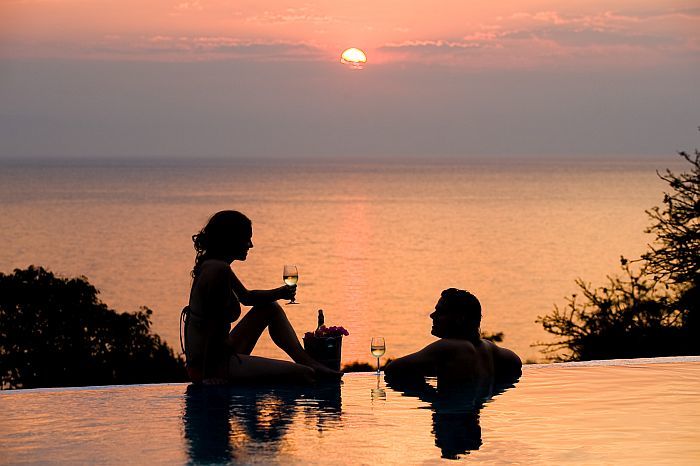Lake Malawi is Malawi’s stellar attraction, great for kayaking, diving and yachting.
March to September
Scroll for more
Lake Malawi is the stellar attraction of a Malawi safari, enriching every aspect of its life. A stay at one of the Lake Malawi resorts is the ideal wind-down at the end of your Malawi safari. Effectively it doubles as a ‘beach stay’. The sandy shores of Lake Malawi are by far the closest “beach” to the prime game reserve of South Luangwa and Kafue.
This vast expanse of bright blue water makes up some 20% of the whole country of Malawi! Over 2,000 species of fish occur in the crystal-clear waters of Lake Malawi. This includes the colourful endemic cichlids that are easily spotted when snorkelling. Fish such as chambo and kapenta are the main protein source for this lakeside country.
A quirky off-the-beaten-track destination on Lake Malawi is Likoma Island. This is a remote island near the Mozambique border with a cathedral which would be at home in Britain. All mixed in with a laid back tropical island ambiance.

The beautiful mountainous terrain surrounding much of Lake Malawi doesn’t make for productive farming. So the lake itself is a vital part of the Malawi economy. At night the lake is sparkling with the tiny lights of the fishermen using lights and paddle bangs to attract the fish.
TIPS:
I loved Kaya Mawa – there was very little that I could fault. If you are looking for a luxurious African beach lodge to finish off your Zambian or Malawi safari, consider Kaya Mawa. I was intrigued to see whether I would really feel that I was at the ‘beach’ on Lake Malawi? The short answer is ‘yes’ – I really did feel like I was at the sea: the lake is so vast that the water just stretches forever. Plus the sandy beaches, palm trees, snorkeling…none of this broke the illusion. The enormous baobab trees were the only welcome reminder that I was in Africa. Kaya Mawa is also reminiscent of the tropical island of Zanzibar in its décor yet keeping a very African feel as well – very relaxed, very laid-back, very “barefoot luxury”.
